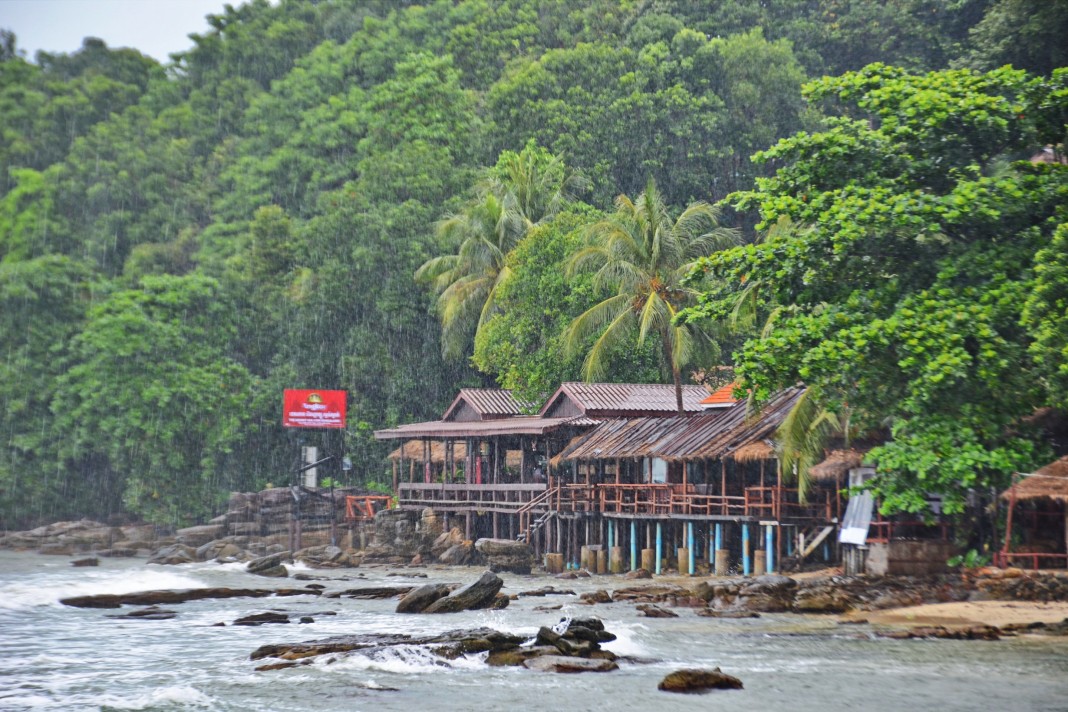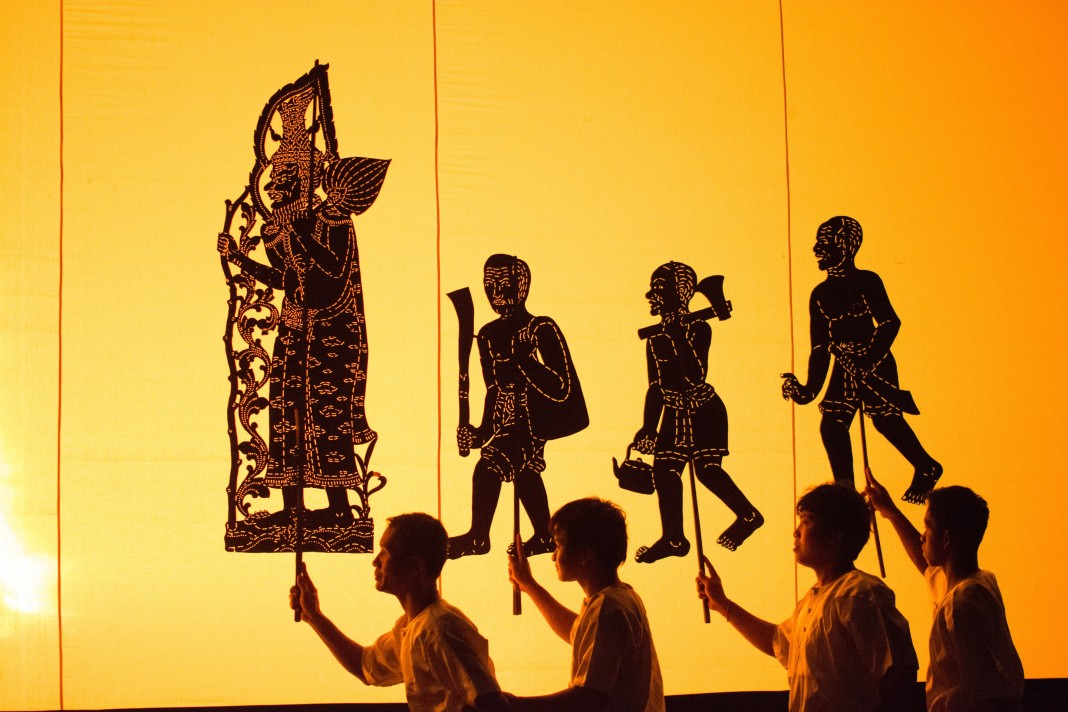Introduction
As with all travel in Cambodia, there’s a fair amount of bus or boat travel involved, but with a month there’s also enough down time to rest your sore bum between journeys. We’ve designed this trip as a circuit that loops around the country so you can start it in any number of locations and it also fits in well with those who are planning on continuing on to Laos, Thailand or Vietnam through one of the overland crossings.

Both Siem Reap and Phnom Penh have international airports, so some will be starting the trip in one of those two spots, though those entering Cambodia overland will have a range of options to choose from.
Unlike our other Cambodia itineraries such as the one-week and two-week trips, which aim just for a few highlights, with a month there is a lot more scope to get out there and explore a bit.
When to go
Cambodia has two distinct seasons: hot and wet and hot and dry. The least hot dry part of the year, between November and January, is the most popular time to visit. Dry season runs from November to April on the back of the northeast monsoon and the wet season runs from May to October courtesy of the southwest monsoon, bringing with it some three-quarters of Cambodia’s annual rainfall. July to September are the wettest months, characterised by some transport difficulties, especially in rural areas where roads can be damaged, and flooding—we’re looking at you Phnom Penh. April can be unpleasantly hot.

As November to January is the most popular time to visit, it is also the most crowded; risking a bit of rain can pay off with slightly reduced crowds. Wet season does bring with it some minor advantages—Angkor Wat for one can be spectacular after a monsoon thunderstorm—just pack an umbrella. Cambodia’s islands are not recommended in the height of wet season.
Suggested trip length
The suggested minimum time for a trip like this is four weeks, though more time would obviously allow for a far more comfortable pace of travel. If you have less than three weeks, we’d suggest considering a slow version of the two week itinerary rather than trying to cram all the following in.
Day by day
Day 1–4: Siem Reap
Set in northwest Cambodia, Siem Reap is best known for being the gateway to the Angkor ruins, a sprawling World Heritage-listed complex of more than 400 ancient temples, with magnificent Angkor Wat as its focal point. You’ll use Siem Reap both as a base for visiting the ruins and other attractions including floating villages on Tonle Sap. Over the last decade, Siem Reap has developed into a destination in its own right and has a wealth of excellent shopping, eating and boozing options available.

We allow an extra day in Siem Reap (compared to the two week itinerary) which will allow you to explore some of the further flung ruins, or perhaps do an overnight trip to Banteay Chhmar, or just, you know, hang out for another day in Siem Reap itself.
When you’re finished with Siem Reap and Angkor you need to head across to Battambang—a trip that can be done by bus, share-taxi or boat. We like the boat, but they have sunk in the past (at least the lake is fairly shallow).
... Travelfish members only (Full text is around 1,200 words.)Log in to Travelfish
Please sign in to read the rest of this page. The full text is around 1,200 words.
Become a Travelfish member
Choose from $10 week-long through to a lifetime membership.
Reviewed by
Stuart McDonald
Stuart McDonald co-founded Travelfish.org with Samantha Brown in 2004 and has been writing about travel in Southeast Asia since 1997. He has lived in Thailand, Cambodia and Indonesia, where he worked as an under-paid, under-skilled language teacher, an embassy staffer, a newspaper web-site developer, freelancing and various other stuff. He’s also the author of Couchfish, a Southeast Asia travel and sustainable tourism newsletter. In his spare time he’s doing his Masters in Responsible Tourism Management at Leeds Beckett University in the UK.
